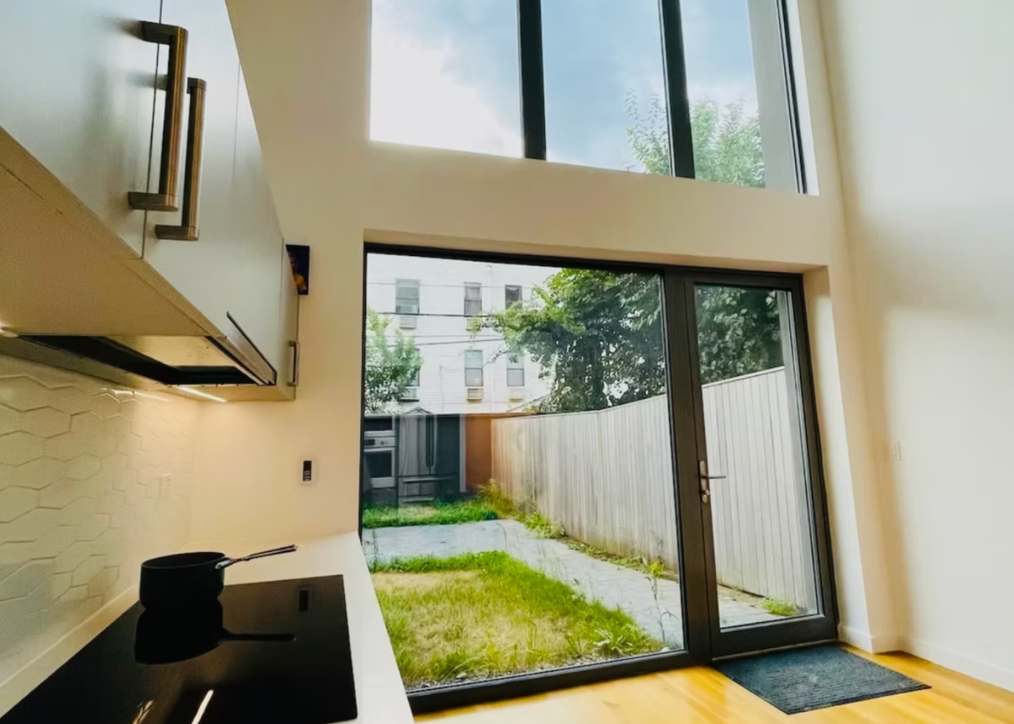A home refresh is always an exciting undertaking, whether you’re painting a fresh coat on your walls, updating accent chairs, or going for a full renovation. However, the wrong steps can sometimes have the opposite effect of all the money you’re investing in the project—making your space look less expensive if you’re not prudent with your choices. Think: a rug that looks glorious online but is too small in person, or bright recessed lighting that makes your space look more like a hospital than a home.
To help you avoid these common faux pas, we tapped two designers for the top mistakes that make a space look cheaper—so that your next home renovation isn’t an instant regret and instead adds true value to the space.
Meet the Experts
-
Stephanie Mahaney is the founder and principal designer of Stephanie Rae Interiors.
-
Emily LaMarque is the founder and principal of Emily LaMarque Design Studio.
Using the Wrong Paint Finish


luza studios / Getty Images
More than the paint color, the finish of your paint can make a big difference in how your walls hold up. Many opt for matte paint because when it’s time to touch it up, they don’t have to repaint the whole wall, but it’s not worth it in the long term.
Stephanie Mahaney, founder and principal designer of Stephanie Rae Interiors, shares that this paint finish can be impossible to clean.
“I always use eggshell on the walls and a glossier finish on the trim, depending on the state of the trim,” Mahaney says. “The higher the gloss, the more blemishes it shows, so if you have an older home, it might be best to go with a semi-gloss for the trim.”
Want more design inspiration? Sign up for our free daily newsletter for the latest decor ideas, designer tips, and more!
Inconsistent Colors and Materials


It might seem intuitive, but it’s easy to get carried away with decorating and end up with a haphazard mash-up of colors and materials.
“For instance, a standard bathroom might have two, maybe three, different types of tile,” says Emily LaMarque, founder and principal of Emily LaMarque Design Studio. “Anything more and it starts to feel very confusing, undirected, and thoughtless.”
She recommends being consistent throughout your home, regardless of size.
“Whether it is by texture, color, shapes, or materials, there needs to be common threads that create consistency in a home and carry the design throughout, so that there is a throughline in all the rooms,” she says.
Only Using Overhead Lighting


Andrea Rugg / Getty Images
Lighting can completely make or break a space, LaMarque notes.
“Just as less expensive spaces can be elevated with correct lighting, poor lighting can make even the most expensive space look washed out and impersonal,” she explains.
So while natural light is sufficient during the day, more intentional lighting at night is also key.
LaMarque adds that oversized recessed lighting can make a home look dated, and blue-hued bulbs can give a sterile, hospital feel to your home. She says that the key to elevating your space is by mixing task lighting with decorative lighting for ambiance and warmth.
Small Standalone Artwork


You might be drawn to a special piece of artwork, but if it’s too small and placed all by itself, it can get lost and feel insignificant in a large room. LaMarque recommends grouping smaller-scale artwork together so they can have a larger presence and have a stronger impact on a room.
Drapes that are Too Short (or Too Long)


Liudmila Chernetska / Getty Images
Similarly, you’ll want to take note of scale with drapes, which can look like an afterthought if you don’t measure out your walls before ordering and hanging them.
Mahaney typically puts in the extra work of measuring her windows exactly so her curtains just touch the floor without pooling too much, making her draperies fit the wall and window perfectly.
Cluttered Areas


eleonora galli / Getty Images
It’s a simple truth: clutter never looks nice, and we’re not just talking about mail that’s collecting dust. A mantel that’s crowded with vases or a shelf that’s stuffed with knick-knacks is equally distracting.
“By clearing out what is no longer needed, you free up valuable real estate, and the furnishings that make the cut are purposeful and intentional, clearly adding visual value to the room,” LaMarque elaborates.
Ignoring Proportions


Furnishings and decor that are the wrong size for the space immediately cheapen the look of it, LaMarque says. So it’s important to get proportions correct, which often means pulling out the measuring tape.
“No matter how expensive the pieces are, if they don’t fit correctly within the room, they look inexpensive and out of place rather than enhancing the space and contributing to the overall design theme,” she says.
Read the original article on The Spruce







:max_bytes(150000):strip_icc()/GettyImages-91993892-1a95fee0117c464ab0bf7427ee8c220f.jpg)


